Sigma 56mm F1.4 DC DN Review
Dustin Abbott
April 9th, 2019
Sigma has once again managed to do for mirrorless what they seemingly cannot do with DSLR lenses – make an optically excellent, COMPACT lens. The Sigma DN 56mm F1.4 C is the 6th (by my count) of Sigma’s DN line for APS-C (and Micro 4/3rds) mirrorless cameras. The first series were the ART primes (tiny 19mm, 30mm, and 60mm lenses with maximum apertures of F2.8) followed by the slightly larger, brighter Contemporary lenses (16mm, 30mm, and now 56mm primes with a maximum aperture of F1.4). I’ve reviewed all of these lenses (you can find my Sigma review section by clicking here). The 56mm is the perfect portrait lens for the series. It’s a great focal length (84mm equivalent on full frame) with a wonderfully bright aperture of F1.4. I was able to test it on the new Sony a6400 (improved autofocus system) along with a Sony a6500 (which gives the benefit of image stabilization!) My review period also included trips to Myrtle Beach, South Carolina, and Niagara Falls, Canada, and the 56mm DC served as a great travel companion as well as being a very nice portrait option. Read on to find out why.
Follow Me @ Patreon | My Newsletter | Instagram | Facebook | Twitter | Flickr | 500px
Prefer to watch your reviews? Click the video below to see my full video review, full of photos, timelapses, and video clips.
Sigma 56mm DC Build and Handling
The Sigma 56mm DC is a nicely built lens that essentially looks like a miniature ART series prime lens…and that’s a good thing. The best way to get an interactive look at the features and design is by watching this video segment:
I’ve literally nothing to complain about in this section. This little lens feels like a premium lens in the way that it looks and feels. It is nicely compact at only 2.62″ (66.5mm) in diameter, resulting in a 55mm front filter thread (a little unfortunate as this is not a filter size shared with a lot of other lenses). I would recommend getting a good circular polarizer (this Irix Edge CP-L is a nice balance of price and performance), as a CP-L filter is the most versatile of filters (see my review of the Irix EDGE filters here). The lens is only 2.34″ (59.5mm) in length, resulting in an overall weight of just 9.9 oz (280g). It’s a great balance on compact Sony or M43 mirrorless bodies, and is an easy lens to throw in the bag and bring along. It is light enough that you won’t regret having it along even if you don’t end up using that focal length.
One significant improvement that began with the 16mm F1.4 DC DN was the addition of weather sealing to the series. The 56mm DC has a gasket at the lens mount, which isn’t quite as good as having further seals inside the lens itself, but at least it’s a start! That adds to the versatility of the lens, giving you some confidence that you don’t have to stop shooting at the first hint of poor weather.
The lens barrel has no switches and is primarily dominated by a large, nicely made manual focus ring. Like other lenses designed for mirrorless cameras, this is a focus-by-wire system in which input from the focus ring is routed through the focus motor. It is actually the focus motor that moves the elements, making manual focus more of an emulation than a direct movement of the elements. Some lenses pull this off better than others, but the 56mm DC isn’t bad. I will note that the lens will automatically alert the body to magnify the image when you are manually focusing, which is a big help in visually confirming focus. The good news is that I only did this to test the functionality due to the fact that the lens actually focuses really, really well (more on that in a moment).
The 56mm DC can focus down to 1.64′ (50cm), where it provides a 0.135x magnification figure. This photo represents minimum focus:
While the magnification figure isn’t very high in an absolute sense, no 85mm lens that I’m aware of is (which is essentially what this is). This figure is actually on the high end for an 85mm lens, with the Tamron 85mm F1.8 VC sporting a 0.14x figure that is “class-leading”. On a positive note, you can see from the photo above that detail remains very high even at minimum focus distance (not true of all lenses!)
The lens hood is included, and Sigma’s lens hoods are a cut above the basic hoods included with many lenses. They include some soft-touch materials, texture variations, and lens information.
The aperture iris is electromagnetic and controlled from within the camera (no aperture ring). It has nine rounded aperture blades that do a fairly good job of retaining a circular shape even with the lens stopped down.
All in all this is a beautifully made little lens with no handling issues that I observed in my travels.
Sigma 56mm DC Autofocus
Here’s what Sigma says about the focus system in the 56mm DC: “The combination of optical design for video AF and use of the stepping motor enables smooth and quiet autofocus. This lens is also compatible with the Sony E-mount Fast Hybrid AF, achieving precise AF tracking. By using the face recognition or eye AF functions of cameras, focus will continuously be on the face or the eye even if the subject moves during the shoot.” Stepping motors of some kind are the most common mirrorless focus systems due to the way that focus is achieved (quiet and smooth). Early stepping motors weren’t particularly fast, but that has definitely changed. The focus speed of the 56mm DC is actually very fast, particularly considering the amount of glass the focus motor has to move in an F1.4 lens.
It is also very quiet. There is little audible sound whether focusing in AF-S or AF-C modes. When I did a test video doing focus pulls the on-board microphone did not pick up any audible sounds at all even in a quiet environment. I have zero concerns about focus noise for video shooters with the 56mm DC.
The focus system is also extremely accurate. I don’t recall one missed shot due to incorrect focus during my review period either on the a6400 or a6500. Look at how “nailed” the focus is on this slender bolt underneath a pier (F1.6):
Pretty impressive!
Eye AF also works fantastically well. While I enjoy the execution of the Real Time Eye AF on the a6400, it also worked well when using the a6500, too. I used the lens for a few portrait sessions, and while I didn’t have anything other than the on-board flash along with me on this particular trip to help balance the lighting ratios of this backlit shot, I am still really pleased with the outcome:
The highly accurate nature of the autofocus (and silent focus acquisition) made this a nice, discrete option for shooting an event, too. The bonus is that the lens is exceptionally sharp at F1.4, allowing you to shoot at that aperture, single people out of the crowd, and keep the ISO values down.
I’ve no complaints about the autofocus of this lens. It is fast, accurate, and quiet.
Sigma 56mm F1.4 DC DN Image Quality
There’s a lot to praise here, and also a few things to criticize. Find out all the details in my interactive image quality breakdown video segment here:
The 56mm DC really only has one true objective optical shortcoming: it suffers from a surprisingly strong amount of pincushion distortion that somehow escapes in-camera or profile corrections:
I’ve rarely seen such obvious pincushion distortion, particularly at this kind of focal length, so I’m actually a little surprised by that. Every lens involves some kind of optical compromise, so this is clearly what “had to give” in order to achieve the rest of the lens’ goodness…which is a lot.
This may be the sharpest APS-C lens that I’ve ever tested…and most definitely the sharpest F1.4 APS-C lens I’ve ever tested. Lens sharpness is near perfect at F1.4, with pin-sharp center of the frame and nearly-as-sharp corners.
This is further helped by the fact that the levels of chromatic aberrations (either longitudinal or lateral) is close to nil, meaning that wide open contrast and sharpness is excellent even in challenging conditions:
This shot would have been extremely difficult for a lens suffering from CA. But as you can see, the textures are perfectly crisp and detailed.
Stopping down to F2 manages to up contrast to even higher levels, and thus the observable resolution is better still.
In this real-world example, you can see that textures almost pop off the screen even under harsh lighting conditions. That is very impressive.
There is a further mild improvement to be had by F2.8, but essentially after F2 you can use aperture more to control depth of field than out of some need for additional sharpness. At landscape apertures the lens produces incredibly sharp and detailed images with great color and contrast.
Even landscape photographers should consider this lens as a means of having an additional framing option for landscape scenes. The compact size and amazing optical performance would make this an easy lens to bring along as an alternative to a wide angle lens. Here’s a few other landscape shots taken with the lens:
Another serious strength for the 56mm DC is that has very strong flare resistance at all tested apertures. This is, frankly, unusual for a lens at this focus length.
There’s a lot of really great things going on here! I mentioned that there was one objective optical flaw, and I also believe that there is a subjective one of far less importance. Every lens design is a tension between different optical priorities. It is very, very difficult to create a lens with very high contrast and sharpness that also has very soft bokeh rendering. That high contrast doesn’t go away past the plane of focus. I’ve noted that on lenses like the incredible Voigtländer 65mm F2, which is an Apochromatic lens, exceptionally sharp and well-corrected, but also has slightly busier bokeh due to that contrast still being there. Sometimes aberrations actually contribute to having a soft bokeh rendering (just look at the Canon EF 85mm F1.2L II for a great example).
Let’s just say that the Sigma 56mm DC isn’t the 85L II. The bokeh isn’t bad, per se, but it is a little busier than what I would like, with more contrast in the defocused areas than what I would like and a tendency to find hard edges.
Case in point is this comparison shot (taken about 20 minutes apart). I used the new Samyang AF 85mm F1.4 that I’m also testing. Due to the crop factor the two lenses have roughly the same framing. I shot both of them at F1.4, and, while the depth of field between the two varies because of crop factor (the Samyang at F2 on a full frame camera is closer to the depth of field of the Sigma), you can still see the point I’m making. The Samyang’s bokeh presents as much softer, while the Sigma is clearly more busy.
If you go in to a pixel level, the Sigma clearly wins in absolute sharpness and aberration control. That’s it’s strength, but for some, they may also perceive that as a weakness when it comes to the overall rendering from a lens. This is typically Sigma’s priority, though, as they favor winning sharpness battles above all else (and do a great job at that). You as a buyer, however, have to evaluate what approach best suits your purpose.
Bokeh rendering is subjective, however, so here are some more “bokeh images” to let you draw your own conclusions:
But the top priority for this lens is for portrait work, and I think that in most situations it will do a great job there. Here are a few other portrait shots as well that show off how well the lens performs in its primary role:
What’s clear, however, is that there is a whole more good than bad going on optically with the 56mm DC. It’s small, versatile, and extremely sharp. I wouldn’t hesitate to add it to my bag if I was primarily an APS-C shooter.
Conclusion
I’m very, very thankful for the Sigma DN lenses, as they are servicing a niche in the Sony APS-C market that few others (including Sony) are. We now have very competent lenses with F1.4 apertures at the 16mm, 30mm, and 56mm focal lengths, servicing wide angle, normal, and short telephoto needs. All of these lenses are easy to bring along in a lightweight kit that gives up very little optically compared to larger combinations. Sigma has also showed restraint with the pricing of these lenses, with all of them staying well under the $500 threshold. At the moment the Sigma 56mm F1.4 DC DN is the most expensive of the trio, but it only costs $429 at the time of this review, which I consider to be a very reasonable price considering the performance of the lens. The Sony Zeiss 55mm F1.8 costs twice as much and has a smaller maximum aperture.
The 56mm DC may be the sharpest APS-C lens that I’ve yet tested, and it’s no “paper-tiger”, either. That sharpness was there in a wide variety of real-world lighting conditions. It has great color, exceptional aberration control and flare resistance, and fast, accurate autofocus. It worked well for both stills and video work, and I suspect this will be a very popular lens for a lot of shooters. It does suffer from some obvious pincushion distortion and the bokeh is perhaps a little busy, but there’s far more to praise than there is to criticize. If you are a Sony APS-C or M43 mirrrorless shooter and are looking for a medium telephoto lens with a bright maximum aperture, take a long look at the Sigma 56mm F1.4 DC DN. I can’t think of a better option for you!
Pros:
- Beautifully built lens with some weather sealing
- Compact and lightweight
- Large, bright maximum aperture.
- Exceptional sharpness across the frame
- Very high contrast
- Good color rendition
- Excellent flare resistance
- Fast, silent autofocus
- Excellent focus accuracy (including with Eye AF)
- Very reasonably priced
Cons:
- Pronounced pincushion distortion
- The bokeh is a little busy
Gear Used:
Purchase the Sigma DN 56mm F1.4 C @ B&H Photo | Amazon | Amazon Canada | Amazon UK | Amazon Germany | Ebay
Purchase the Sony a6400 @ B&H Photo | Amazon | Amazon Canada | Amazon UK | Amazon Germany | Ebay
Sony a6500: B&H Photo | Amazon | Amazon.ca | Amazon UK | Ebay
Peak Design Leash Strap: Peak Design Store | B&H Photo | Amazon | Amazon Canada | Amazon UK
BenQ SW271 4K Photo Editing Monitor – B&H Photo | Amazon | Amazon.ca | Amazon UK
Adobe Photoshop Creative Cloud 1-Year Subscription
Alien Skin Exposure X4 (Use Code “dustinabbott” to get 10% anything and everything)
Visit Dustin’s Amazon Storefront and see his favorite gear

Purchasing your gear through B&H and these links helps fund this website and keeps the articles coming. You can also make a donation here if you would like. Visit my Amazon page for some of my gear of choice! Thank you for your support.
Great News! I can now offer a 5% discount on all purchases at Amplis Foto, Canada’s Leading Photographic Supplier. Please enter discount code: AMPLIS52018DA in your cart. It is good for everything in your cart, and is stackable with other coupons, too! It will take 5% off your entire order! Proceeds go towards keeping this site going and providing you with new reviews!
Check me out on: My Patreon | Sign Up for My Newsletter | Instagram | Facebook | Twitter | Flickr | 500px | Google+ |
Use Code “DUSTINHDR” to get $10 off ($15 CDN) any Skylum product: Luminar, Aurora, or AirMagic
Keywords: Sigma 56mm F1.4, Sigma, 56mm, Sigma 56 1.4, Sigma 56mm 1.4, Sigma 56mm 1.4 Review, DN, Contemporary, F1.4, Sony a6400, Sony Alpha, a6400 Review, Sony, a6400, Review, Dustin Abbott, a6500, Hands On, Video Test, Sharpness, Autofocus, CA, Video AF, Autofocus, Eye AF, Lens, Comparison, Test, Dustinabbott.net, Sample Images, Sample Video, Normal, Portrait, Travel, Canada, Myrtle Beach
DISCLAIMER: This article and description contains affiliate links, which means that if you click on one of the product links, I’ll receive a small commission. As an Amazon Associate I earn from qualifying purchases.











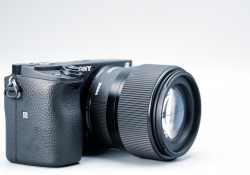

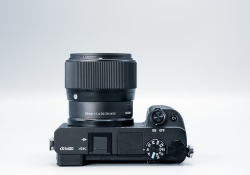



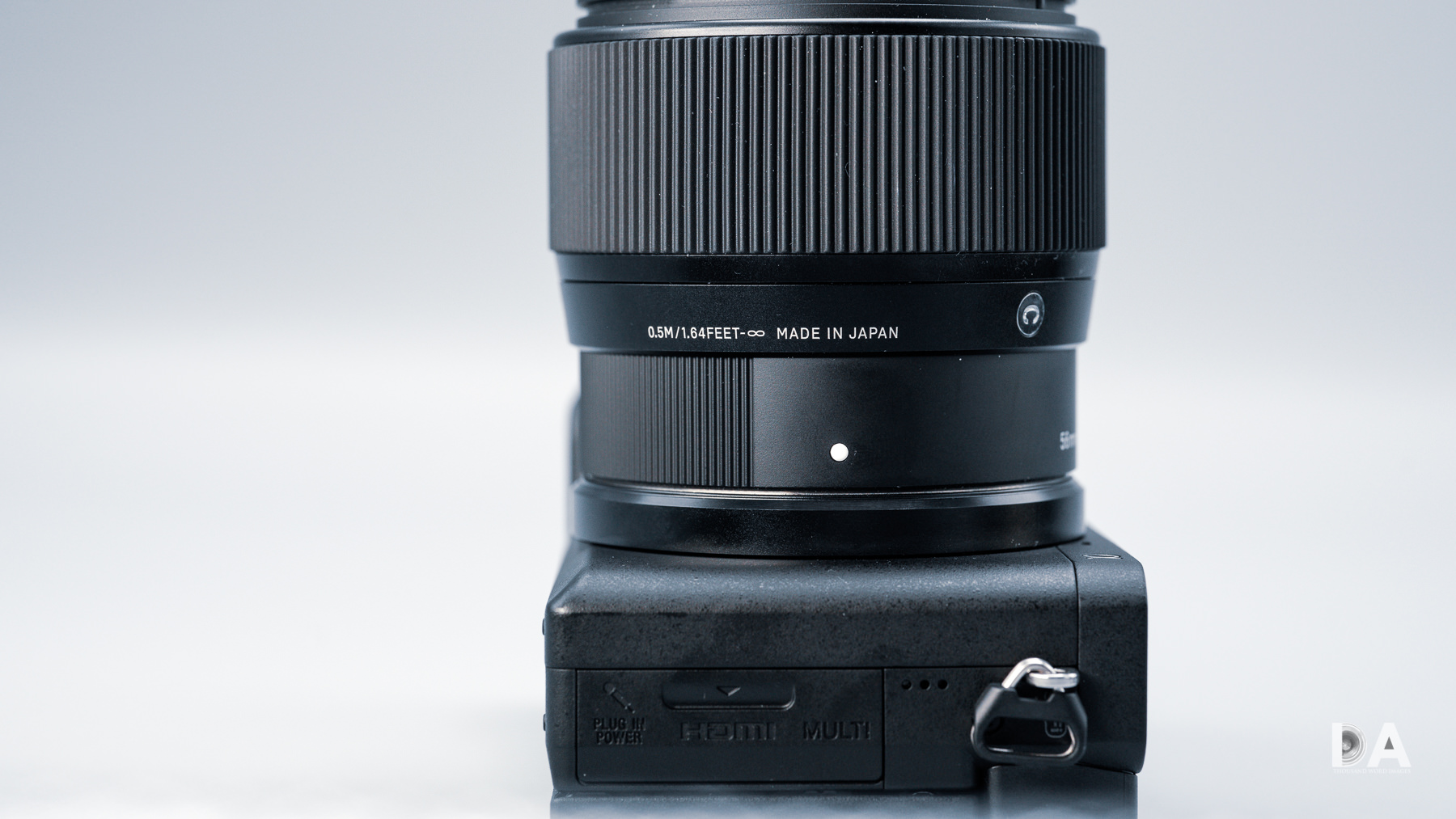
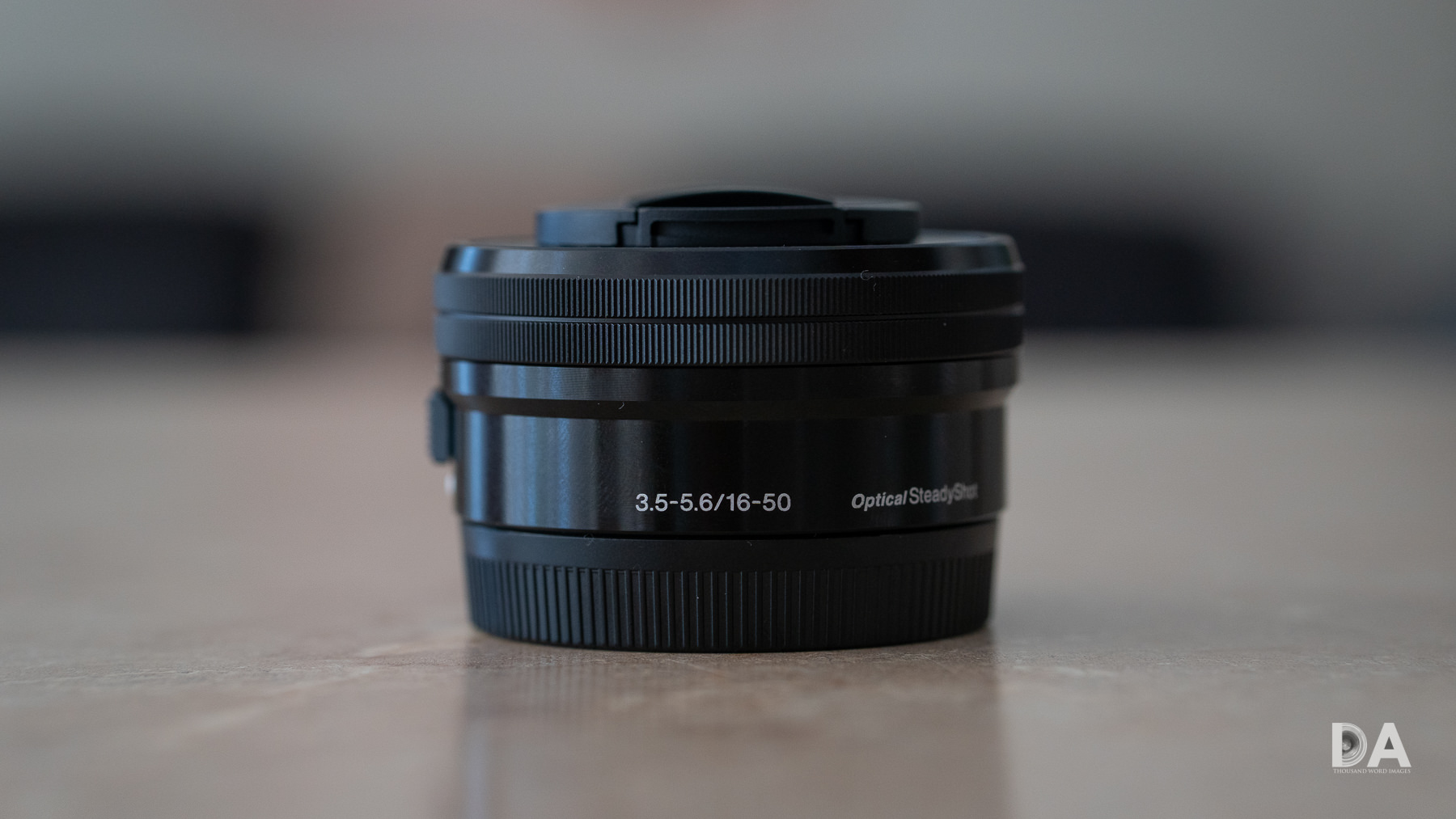

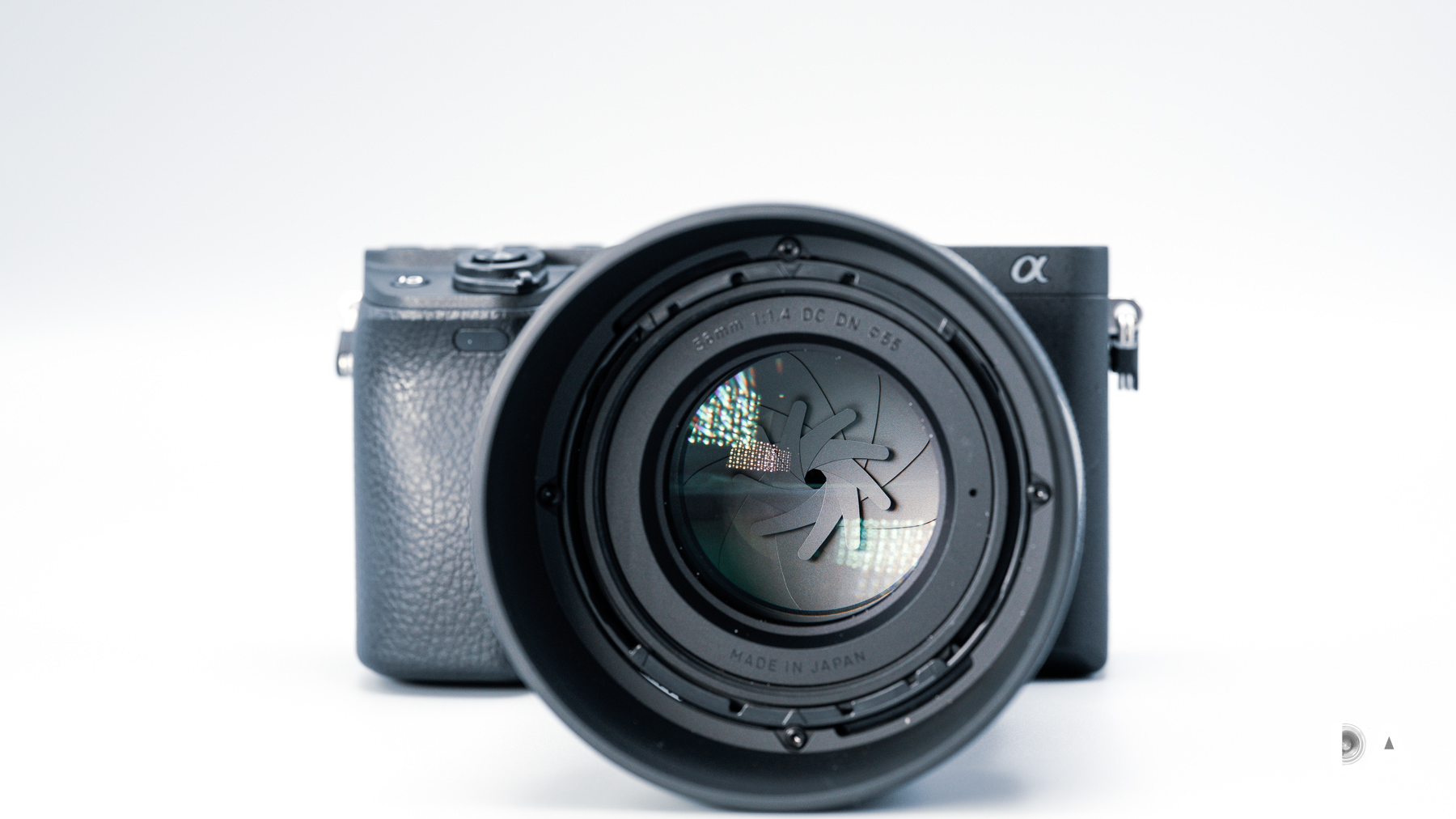





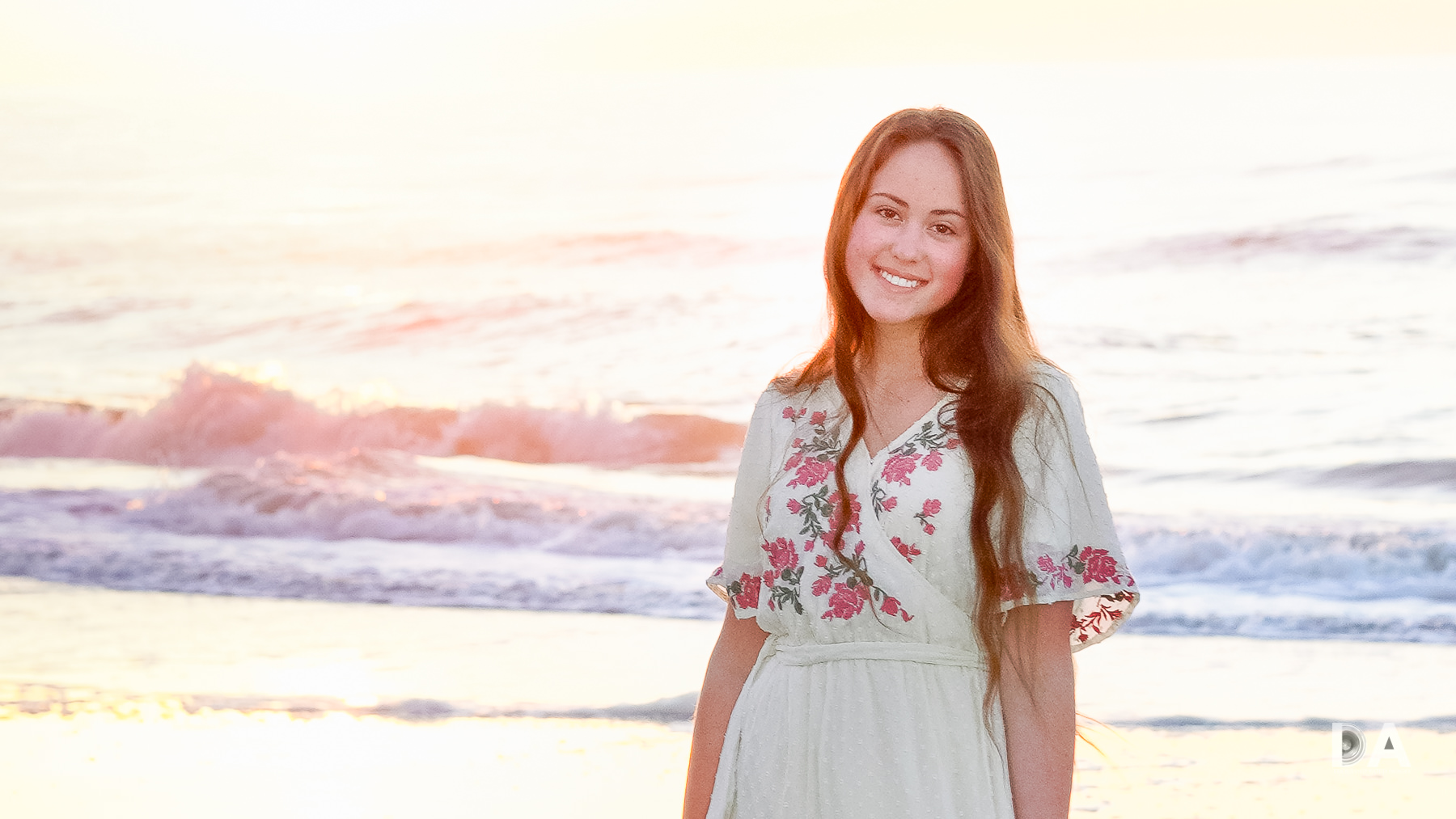



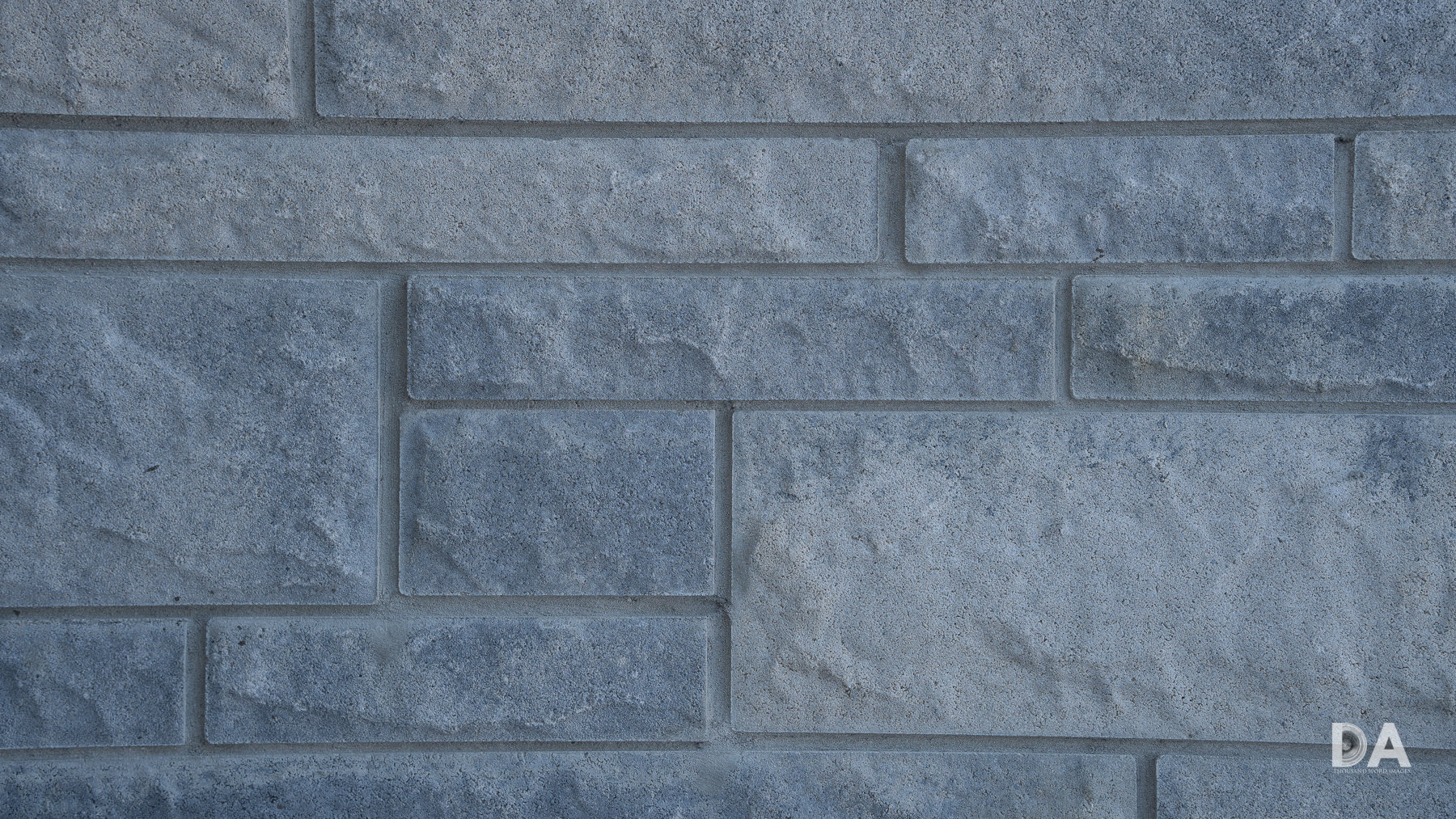





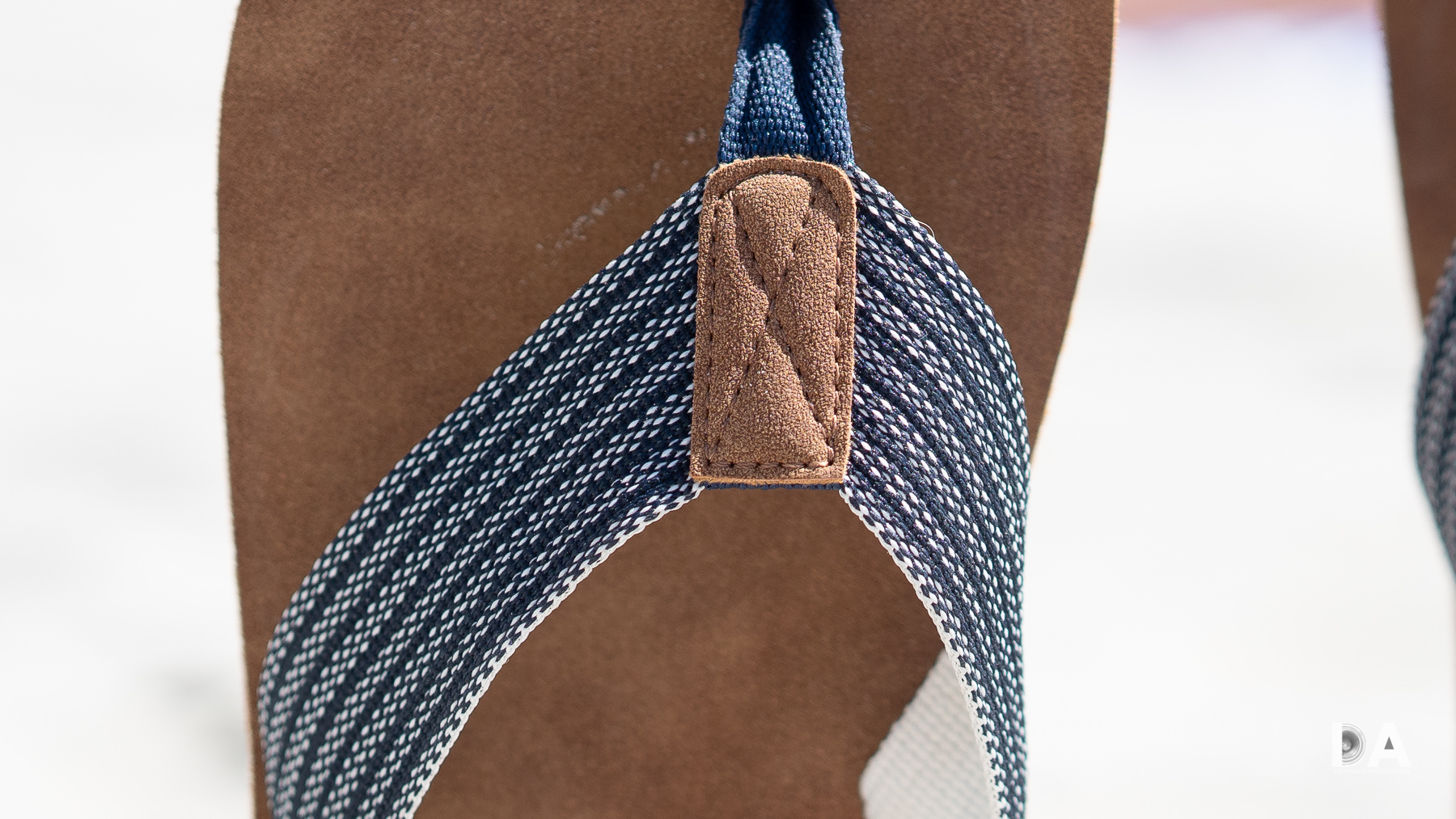
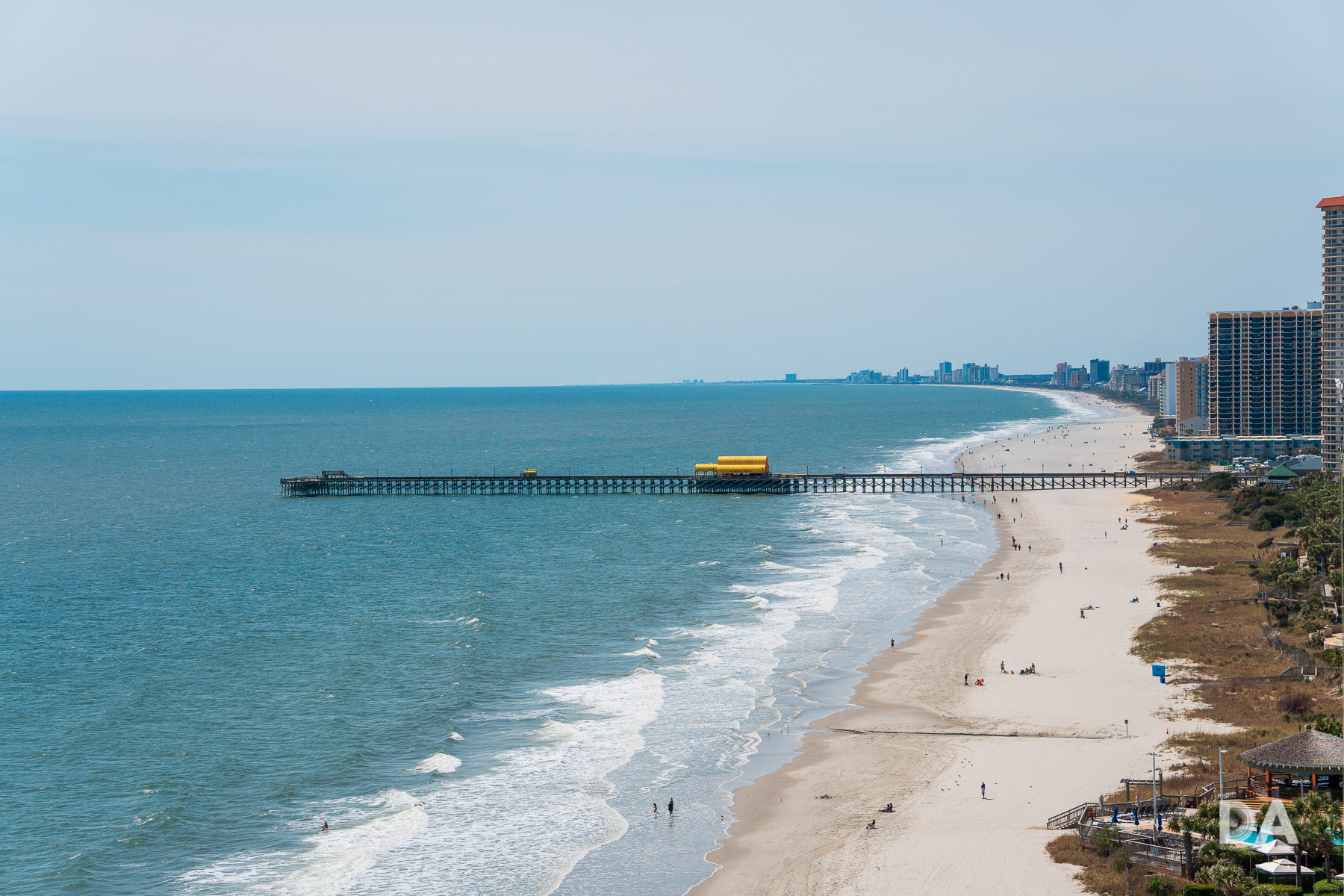



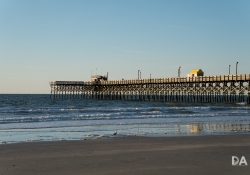


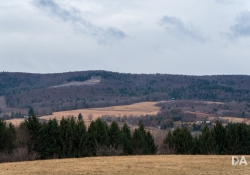



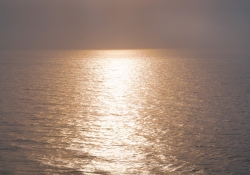

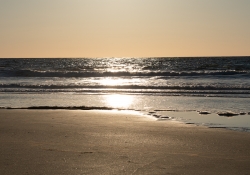



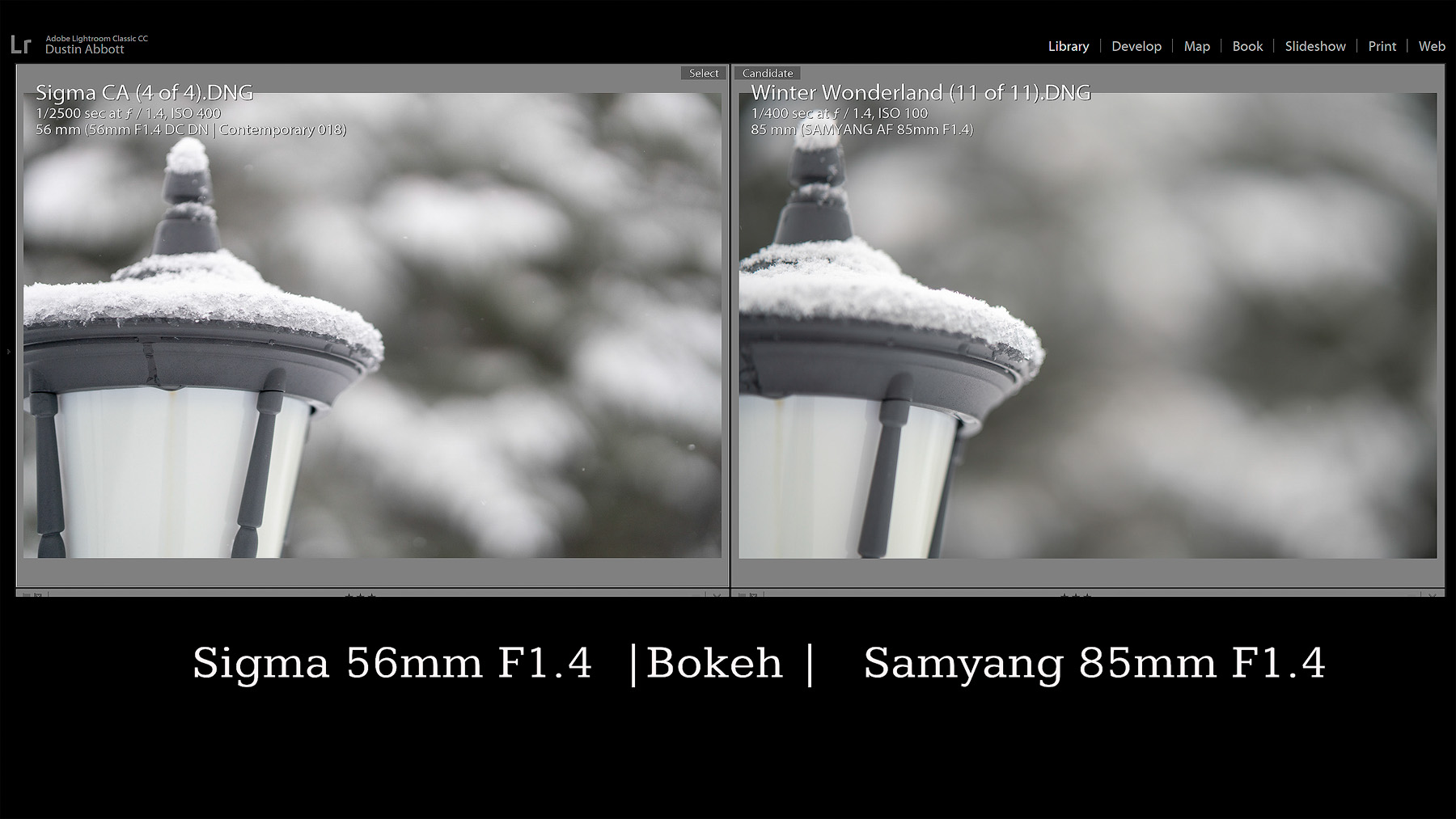












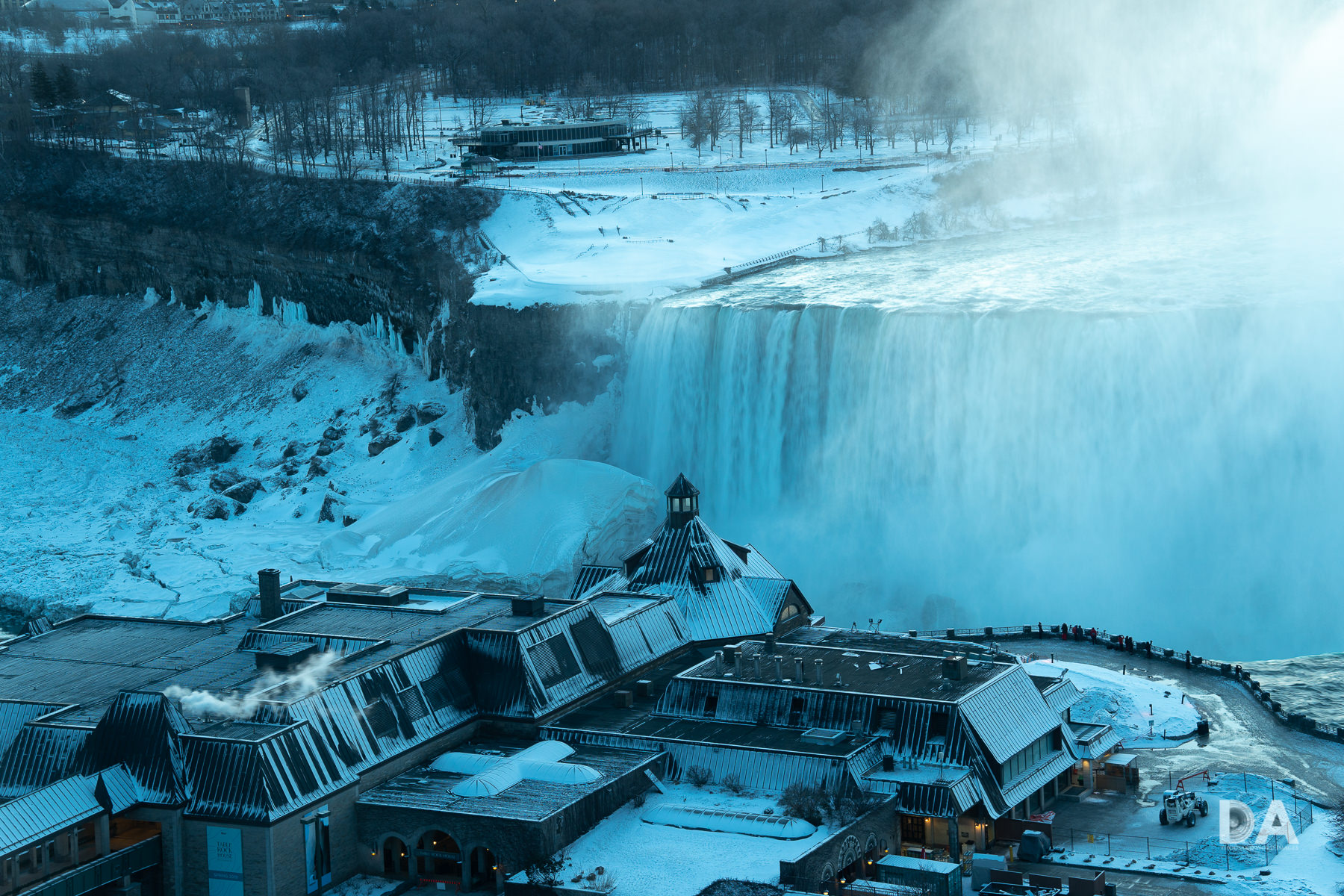




 Sirui Sniper 75mm F1.2 Review
Sirui Sniper 75mm F1.2 Review  Sirui Sniper 75mm F1.2 Gallery
Sirui Sniper 75mm F1.2 Gallery  Tamron 70-300mm F4.5-6.3 RXD Z-mount Review
Tamron 70-300mm F4.5-6.3 RXD Z-mount Review  Nikkor Z 40mm F2 Review
Nikkor Z 40mm F2 Review 






One thought on “Sigma 56mm F1.4 DC DN Review”